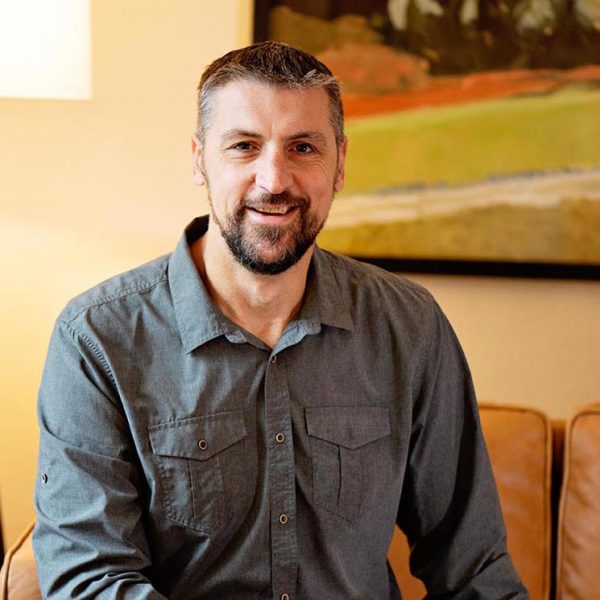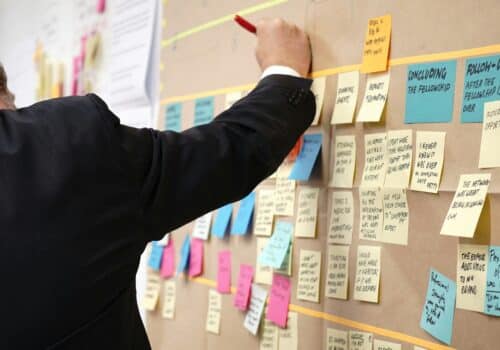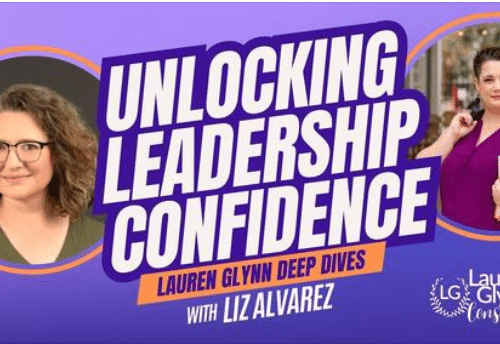Interview with Anthony Vanlandingham, Senior Consultant, Enterprise Solutions Architecture
How did you end up in technology analysis and development when you went to college for accounting?
I wasn’t a number-cruncher kind of guy, it turns out. I have always been curious and interested in how things work, which pushed me to the tech side. But I retained the pattern recognition aspectof accounting. I see patterns in everything, and I try to address those patterns in business problems or in technology solutions, whichever is most appropriate. My work background has always been in problem analysis, starting with technical phone support and working all the way up to Enterprise Architecture, through technology development, program development, project development, or software development. My career has included everything from simply understanding how to solve a business problem to figuring out how to implement and manage a technology to designing technologies from the ground up.
After 23 years in large corporations, I’m what I described as a corporate refugee. I spent 13 years at HP, working all over the place within that company. I started in the HP OpenView division and then had stints in HP Software, the Technology Service Group (later renamed Enterprise Business) and the Graphic Solution Business (when HP still had printing). From there I spent three years at Autodesk, and then six at a P&C Insurance company (which sells the AAA brand) — primarily enterprise architecture and, in the latter years, CTO-like positions.
Now that you’re working with Syte, what have you found is your favorite part about working at this company? What’s special about this team?
We are a small company that does big things. We have high-powered people who have had long careers doing big things, and it allows us to work with clients who have big problems to solve. For example, replacing entire manufacturing solutions. And at the same time, Syte feels small. We can interact with each other, we can talk through things at a strategic level, and we can pivot when we need to. It allows for unprecedented authenticity. When we interact, we get to be 100% the people we are — no “putting a face forward.” I really appreciate that. And people are always open to feedback, open to asking how can we do this better together. Erin enables a powerful culture in that way.
I believe that the clients that seek us out do so because of this authenticity. Because it allows you to get to “the thing under the thing” right away and I’m all about root-cause analysis. They come to us because they think they need a technology solution, but really what we need to do is figure out what the business problem is and then apply the right lever to whatever the business problem is. And that may not mean a new technology system, just an update/change to process. I think our clients recognize that we are really interested in getting to the thing under the thing as fast as we possibly can. We want to help them do the right thing for their business, not get mired in the technology.
Let’s talk about the personal side a bit. What are some interesting things about you that your clients might not know?
I spent 23+ years in the thick of the corporate world, and I found I couldn’t do it anymore because I needed something with a more intimate focus. I needed to be present with whatever I’m working on, and not feel like I’m running between 20 things. I enjoy the small and medium business areas because you get to focus and get to know people far more authentically.
Also, I love to be outdoors. I enjoy activities that require me to be 100% present and focused on what I’m doing, not thinking about 10 other things at the same time. So, I’m always doing things like snowboarding, riding a motorcycle, or playing soccer. Hiking is another big passion; getting as far away from civilization as possible for a while and enjoying the great outdoors … what a perfect way to spend a day (or several).
What is one thing your clients say (or would say) about working with you?
I think they would say I’m passionate and driven and flexible all at the same time. I’m thorough and detail oriented, but when clients need to talk strategically, I am able to do that easily. I am a “get stuff done” kind of person when it comes down to it, and I think clients would agree with that.
From your unique point of view as a technology leader, what trends are you noticing in the manufacturing industry that CFOs and CEOs of family-owned companies should be keeping an eye on?
Bigger companies, when they make an investment in technology, they’re looking for ways to fundamentally change their business and to monetize that technology so they recover a portion of their investment. And I don’t think that’s the right thing for midsize companies to follow. Mid-sized and family-owned companies, especially manufacturing companies, care about how they run their core business — they don’t care about the coolest tech. Technology is a tool to get something done and they want to know how the tech is going to improve their core business, make them more efficient, etc. I see companies being pushed for modernization for the sake of modernization, and that’s just not always the right way to go for the midsized companies. Sometimes, the tried and true is the best way to go and it’s really a discussion of process or pattern changes. And…sometimes they do need new tech.
The other trend I see is the pressure of moving to the cloud. But, is it right for every situation? Absolutely not. Moving to the cloud brings a different investment model into the picture and can certainly save in other areas. BUT, it’s supremely important to know the full cost of ownership of moving to the cloud vs. what you might save in other areas before going down that path. Sometimes that’s not the right move for manufacturing — and sometimes it is. My advice would be to remain open-minded but look at process and business readiness first. Moving to the cloud before being ready from a business point of view is just a distraction from solving the core problems (the thing under the thing). On the flip side, people can get sticker-shock on the initial investment, but if you look at the total cost of ownership, they might save so much more in long-term cost and infrastructure. It can be lucrative. Just know before you go.
ERP Readiness Self-Assessment
Is your organization ready for a new or upgraded ERP solution? Find out with this complimentary self-assessment.
Doing Business Better
You strive for excellence, believe in your people, and want to do things right the first time. And you know that you need help to get to the heart of your business challenges and make the best choices for the future of your privately held manufacturing and distribution company. That’s where we come in.
We help you focus and find exactly the right path to accelerated growth and sustainable success — from your people to your processes to your ERP software.

 Now that you’re working with Syte, what have you found is your favorite part about working at this company? What’s special about this team?
Now that you’re working with Syte, what have you found is your favorite part about working at this company? What’s special about this team?

